7 Ways To Tell The Difference Between Love And Lust
Get a clear idea of the connection your mind seeks and the satisfaction your body desires.

Image: Shutterstock
Love vs. lust – the differences between these romantic impulses can be difficult to distinguish as they may feel similar. It is easier to tell the difference between the two on the big screen, but in real life, it is a bit tricky.
Fortunately, there are ways to pinpoint exactly what you are feeling and achieve emotional consistency. This can help you in developing long-lasting and meaningful connections. So, if you are having trouble figuring out if you are in a long-term (love-based) or short-term (lust-based) relationship, this article is for you. Keep reading to learn the distinction between lust and love!
In This Article
Love Vs. Lust: What Is The Difference?
Generally speaking, there are three categories of feelings that people experience:
- Lust: It is the hormonal craving that drives people to seek partners primarily for physical intimacy.
- Attraction: It entails feelings of passionate love and excitement that are rooted in a desire for emotional support and intimate connection.
- Attachment: Also known as companionate love, attachment includes feelings of calm, emotional support, and security. You will find this feeling in a long-term relationship.
Let us categorize feelings into love and lust and look at how the two differ from each other.
What Is Love?
- Love entails having a deep emotional, spiritual, and mental connection with a person.
- It involves being attracted to a person through emotional and physical intimacy with desire for a lasting commitment.
- Typically, people go into mental distress when a love relationship ends.
- The brain produces feel-good chemicals like dopamine that contribute to the euphoria and passion seen in the early stages of a love relationship.
 Quick Tip
Quick TipWhat Is Lust?
- Lust is an overwhelming desire to be intimate with a person and mainly involves satisfying physical needs.
- It is controlled by the brain’s hypothalamus, an area that stimulates the production of two sex hormones called testosterone and estrogen.
- As you can imagine, lust is more short-term, whereas love willingly goes the extra mile and includes a desire to make the relationship last.
What Does The Bible Say About Lust?
The Bible approaches lust as a powerful desire that can lead to actions conflicting with spiritual values. It underlines the importance of guarding one’s heart and thoughts. A popular biblical story tells the tale of King David giving in to his lustful thoughts and acquiring Bathsheba as his wife by killing her husband.
In Matthew 5:28, Jesus states, “But I tell you that anyone who looks at a woman lustfully has already committed adultery with her in his heart.” This verse emphasizes the significance of internal thoughts and desires, suggesting that even the intention or contemplation of lusting after someone is akin to the act of adultery itself.
Corinthians also addresses the importance of fleeing from sexual immorality and embracing self-control. It emphasizes that our bodies are temples of the Holy Spirit, urging believers to honor God with their actions and thoughts.
Here is a snapshot of the major differences between love and lust:
|
|
|---|---|
| Lust is an attraction that is always purely physically driven. | Love involves offering emotional, romantic, spiritual, and mental support while being passionate and compassionate. |
Top signs of lust include:
| Top signs of love include:
|
| Lust is sudden, stormy, and momentary. It can last for several months but does not build anything long-lasting. | Love is slow, steady, and long-lasting. |
| You may experience lust with or without love. | You may experience love with or without lust. |
You can easily confuse the two as they have similar neural pathways in the brain (1). However, there are some sure ways to tell the difference between lust vs love: love finds its foundation in the feelings of a mental and emotional connection, which may or may not create a desire for physical intimacy, but lust primarily makes you crave physical intimacy and cannot exist without it. By extension, lust can lead to disillusionment about the other person’s physical and emotional characteristics and drive misconceptions in the relationship.
You now know the basic differences between love and lust. But, why should you learn to tell the two apart in the first place? Find out below.
Why Should You Understand The Differences Between Love And Lust?
Simply put, understanding the differences between love and lust allows you to:
- Cultivate relationships that are in sync with your current needs and interests.
- Navigate relationships with greater ease and clarity.
- Prioritize your relationship by gauging its progress in terms of physical and emotional attraction.
- End the relationship before it transforms into something that you do not want.
- Identify when you may not be on the right track and course-correct before either of you gets too invested or too hurt.
You should self-reflect and figure out what you need from your life right now – whether it is physical love or emotional support, or both.
Then, once you have figured out your needs, you can tread in the right direction and find a partner that truly satisfies those needs and wants, and wishes for similar things that you can offer satisfaction with.
On that note, let us look at the signs that will help you identify your true feelings.
How To Tell The Difference Between Love And Lust
If you are confused about your feelings for your partner, it is a good idea to self-reflect and ask yourself the following questions:
- Do you feel physically attracted to your partner when you look at them?
- Do you find yourself constantly fantasizing about your partner?
- Do you only think of getting physical when you think about your partner?
- Are you craving physical intimacy fulfillment over building emotional attachments in your life at the moment?
- In case of a casual relationship, do you feel a physical attraction towards the other person despite knowing them for a while and being aware of how you have nothing in common and no deep, emotional attachments with them?
If your answer to each of these questions is ‘yes,’ it is probably lust. Remember that you may also feel lust for an Instagram celebrity or an attractive model while browsing through social media. It is a completely natural feeling that does not typically last too long.
However, it is important to note that you may feel lust toward a person and also be in the process of falling in love with them. So, go ahead and ask yourself the following questions:
- Do you feel confident enough to introduce the person to your friends and family?
- Do you find yourself sharing personal details with the other person that you do not normally share?
- Are you willing to accept the other person just as they are?
- Are you always thinking about interesting things to tell the other person or ways to impress them?
- Do you care about what the other person thinks of you?
- Are you ready to adjust and prioritize someone else’s needs in your life?
- Are you constantly receiving and offering each other emotional support?
- Do you find yourself planning a future with the other person?
- Do you find yourself genuinely interested in the other person’s life, wanting to learn more about them?
If you answered ‘yes’ to most of the above questions, it is an indicator of love.
Unlike lust, love is a connection that goes beyond plain physical intimacy. It involves feeling a deep sense of emotional and mental connection that can be expressed via actions and words. Love also entails greater security, respect, and admiration for the partner. In a post, Hannah, a blogger, passionately explores the stark differences between love and lust, emphasizing that love is about genuine care and attention, while lust is driven by selfish desires and short-term kicks. She aptly summarizes her perspective as follows, “In a nutshell, lust and love are worlds apart. Lust is selfish where love is not. Love is genuine care and attention where lust is not. Lust is for personal gain and short term kicks. Love is for the long haul (i).”
 Quick Tip
Quick TipIs One More Important Than The Other?
The short answer is ‘no.’ People can feel both love and lust for the same person at the same time. Conversely, you can feel love for a person and not lust, and vice-versa. What is important to note is that, contrary to popular opinion, lust is in no way inferior to love.
While love paves the way for a deeper emotional connection through shared experiences, lust can be equally pleasurable or rewarding in the short term.
Love reinforces emotional support in your life and can provide a lot of spiritual and mental help. Lust, on the other hand, can help you feel playful, and attractive, which is also important. Sometimes, feelings of lust can lead to love but in no way guarantee partner compatibility in the long run.
Therefore, you really cannot compare the two or give one more importance over the other as it depends on what you want in a relationship.
Moving on, let us look at how you can cultivate feelings of lust or love through the following tips and tricks.
Top 7 Ways To Lust After Someone
As stated above, there is nothing wrong with having feelings of lust for your partner. The idea is to understand how intimately compatible you are with each other by communicating frequently and honestly about each other’s physical needs and sexual desires.
If you want to develop a healthy sense of lust, try the following effective ways:
- Get to know your partner – ask them about their likes and dislikes, intimate needs and wants, and so on.
- Work on communicating your feelings of lust for the person with as much clarity and authenticity as possible.
- Make it playful by being open to experimentation.
- Initiate conversations of intimacy outside of the bedroom.
- Compliment your partner and make them feel attractive.
- Flirt with each other by leaving intimate notes or sending naughty texts.
- Ask your partner how they would define the act of intimacy.
- Ask your partner to detail the things that turn them on and those that turn them off.
Keep in mind that all of these things should be done keeping your partner’s boundaries and safety in mind. If they tell you that something you are doing is making them uncomfortable, stop doing it immediately. It is also your responsibility to create a safe space for them to communicate their needs and boundaries with you.
If you prefer to organically develop feelings of love instead of lust, read on for some useful tips.
How To Recognize And Develop Feelings Of Love
As you might have guessed, recognizing and building on feelings of love takes more time, commitment, communication, and effort. Also, the feeling of love has to kick in naturally, which can eventually be built on and cultivated further.
Here are some ways to develop feelings of love that does not seem forced or unnatural:
- Work out different ways to compromise and adjust with each other.
- Think about how patient and accepting you are with your partner.
- Work on removing any feelings of judgment toward your partner and allow them to be vulnerable by offering emotional support.
- Understand and acknowledge each other’s space.
- Communicate with intention and genuineness.
- Ask your partner how they feel about your current connection.
- Be honest about what kind of a relationship you are looking for – whether it is a long-term, serious relationship or a short-term, casual one.
- Talk about whether the relationship is ’romantic’ enough for you and what is happening between the two of you.
You can cultivate and deepen a sense of love by communicating with your partner and listening to their needs.
Let us look at how you can self-reflect and navigate the complex world of love and lust with greater ease.
Top 8 Questions To Ask When Self-Reflecting
Wondering where your relationship is headed and what your expectations from your partner are? Ask yourself the following questions to figure out which feeling you identify with the most:
- Why are you interested in the relationship? Is it only a physical interest or do you actually wish to know more about your partner outside of the bedroom?
- Are you willing to put in the hard work, have difficult conversations, and explore the painful as well as challenging emotions that love throws along the way?
- Are you accepting of the other person’s flaws? (If not, then you are probably only feeling lust.)
- Do you feel that your relationship is growing with time and allowing you to build greater trust and confidence? Or is it only about immediate gratification?
- Where is the feeling of thrill and excitement coming from? Is it solely from physical love, or are you open to taking risks and allowing yourself to be emotionally vulnerable in front of your partner?
- Do you feel steady and secure in the relationship as opposed to impulsive and helpless?
- Do you feel obsessed with the other person physically, or is your obsession non-intimate in nature?
- Do you see a future in the relationship, or do you think it will dissipate over time?
Key Takeaways
- Identifying the real difference between love and lust is difficult, as they may feel similar.
- Love involves a deep emotional connection, whereas lust is driven by hormones and is primarily about physical attraction.
- It takes a bit of self-reflection, evaluation of expectations, and feelings to identify what you feel for your partner.
Love is a deep connection, while lust is a physical attraction. Learn the 6 differences between love and lust in the following video!
Love is a feeling that transcends physical attraction and is formed through a deep emotional connection. On the other hand, lust is driven by hormones and is limited to physical attraction. We hope this informative article on key love vs. lust helps you understand these differences in detail.
Infographic: 6 Ways To Maintain Lust In A Loving Relationship
Balancing both love and lust makes for a healthy relationship. However, couples often struggle to maintain passion in long-term relationships due to routine, monotony, and boredom. Check out the infographic below to learn some easy and effective ways to keep the spark alive in your relationship.

Illustration: StyleCraze Design Team
Keep in mind that both love and lust come with their benefits, and neither is superior or inferior to the other. It will be helpful for you to reflect on them and decide what works for you. Finally, communicate about this with your partner to ensure a smooth relationship.
Frequently Asked Questions
Is lust stronger than love?
Lust is one of the strongest forces that attract two individuals together. Love, on the other hand, is a slow and sustained connection. The biologically driven nature of lust can trump love that does not encompass strong physical desires and mutual attraction.
Can you have a relationship without lust?
Yes, there are various forms of relationships that can exclude lust as a necessary factor. However, a healthy romantic relationship necessitates some degree of lust for each other to maintain attraction and intimacy.
How long does lusting last?
It depends on the relationship. In a healthy polarized relationship, lust for each other can last for years. In others, it is often limited to the infatuation stage which lasts roughly between 6 months to 3 years.
Personal Experience: Source
StyleCraze's articles are interwoven with authentic personal narratives that provide depth and resonance to our content. Below are the sources of the personal accounts referenced in this article.
i. The Difference Between Love And Lust.https://ciaohannah.wordpress.com/2014/09/18/the-difference-between-love-and-lust/
References
Articles on StyleCraze are backed by verified information from peer-reviewed and academic research papers, reputed organizations, research institutions, and medical associations to ensure accuracy and relevance. Read our editorial policy to learn more.
- Love is in the Gaze: An Eye-Tracking Study of Love and Sexual Desire
https://www.ncbi.nlm.nih.gov/pmc/articles/PMC4273641/
Read full bio of Michele Waldron
Read full bio of Sneha Tete
Read full bio of Asmita De
Read full bio of Gracia Odile








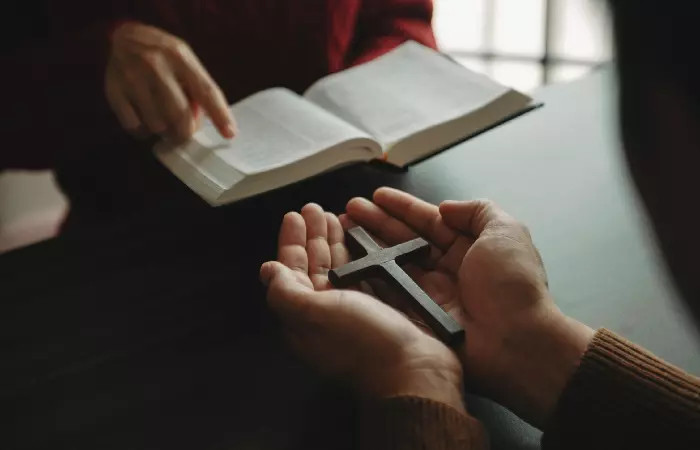
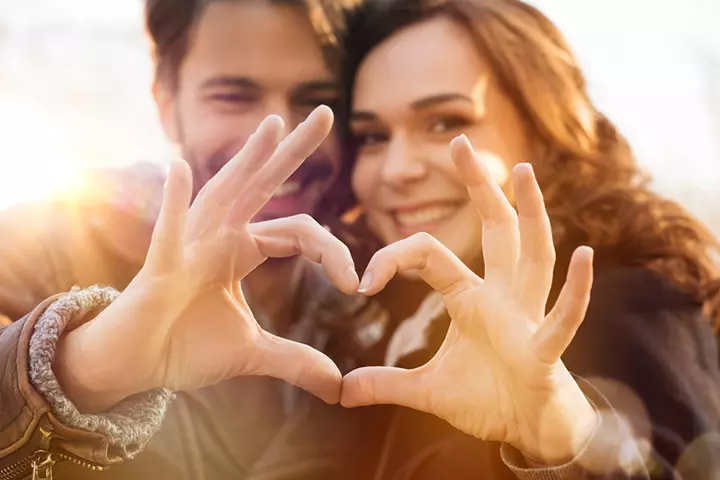



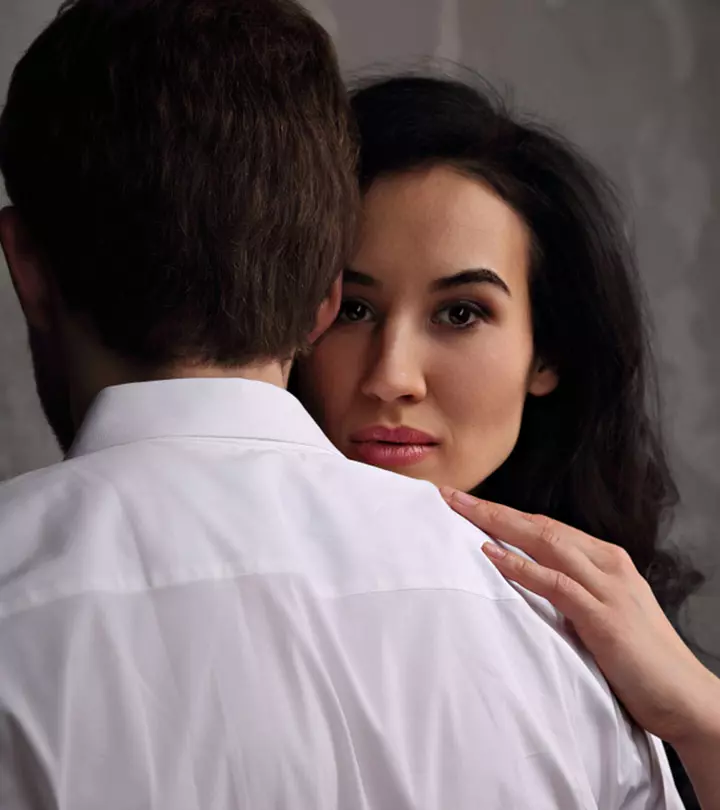







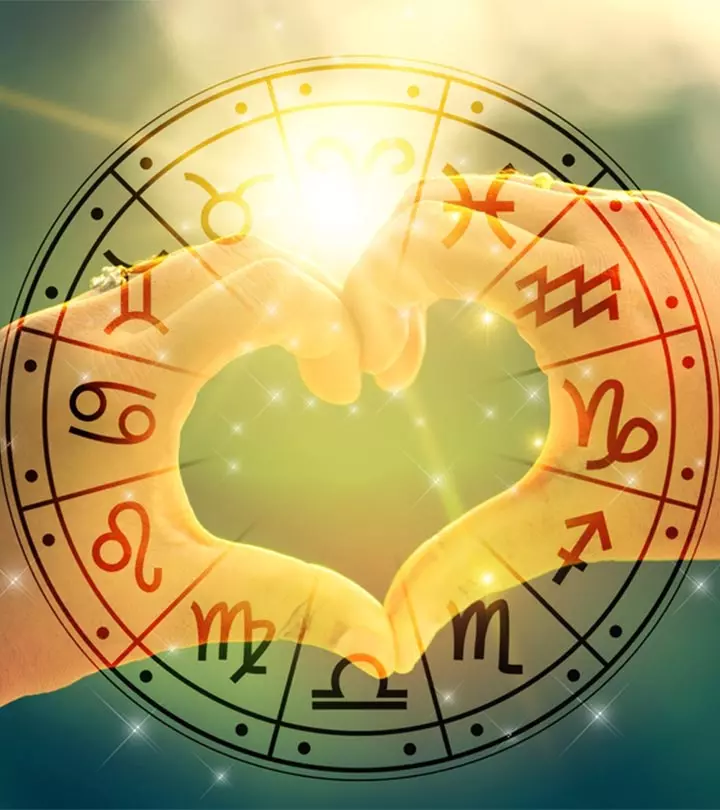
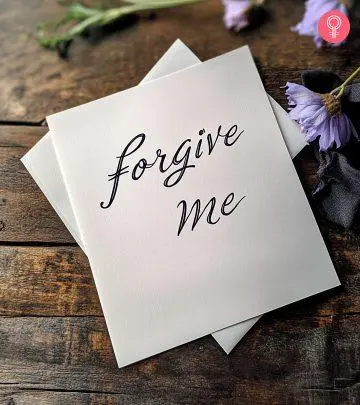









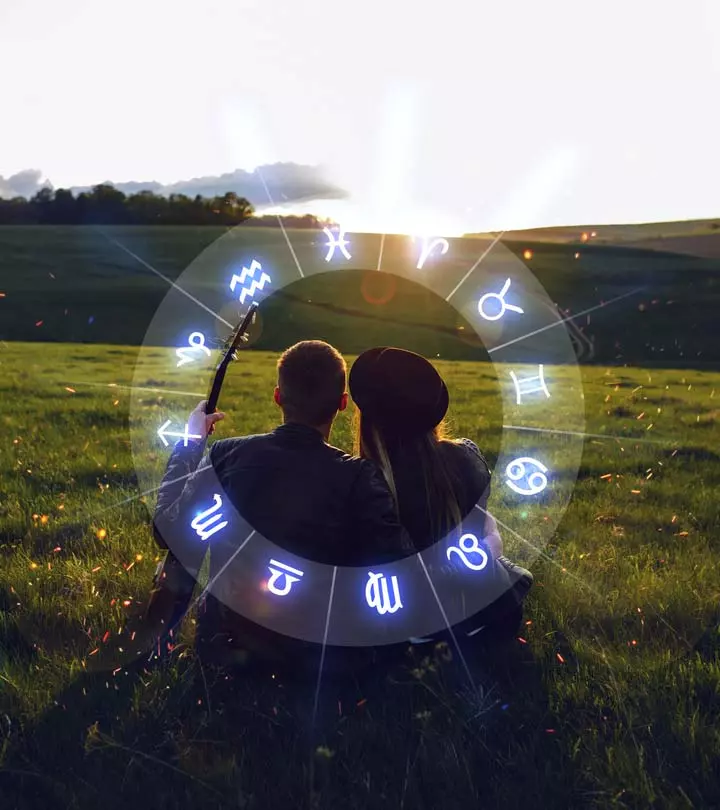
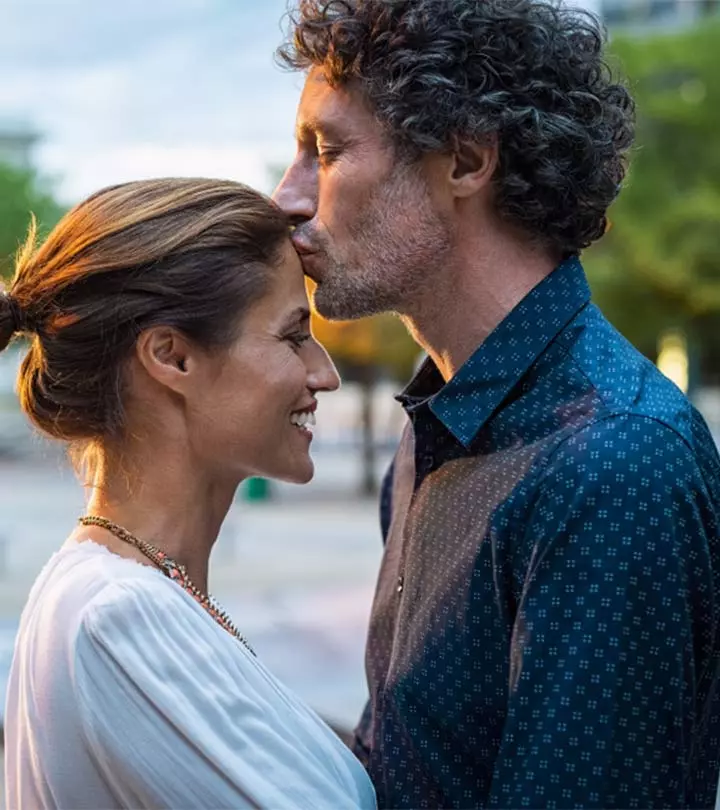
Community Experiences
Join the conversation and become a part of our empowering community! Share your stories, experiences, and insights to connect with other beauty, lifestyle, and health enthusiasts.